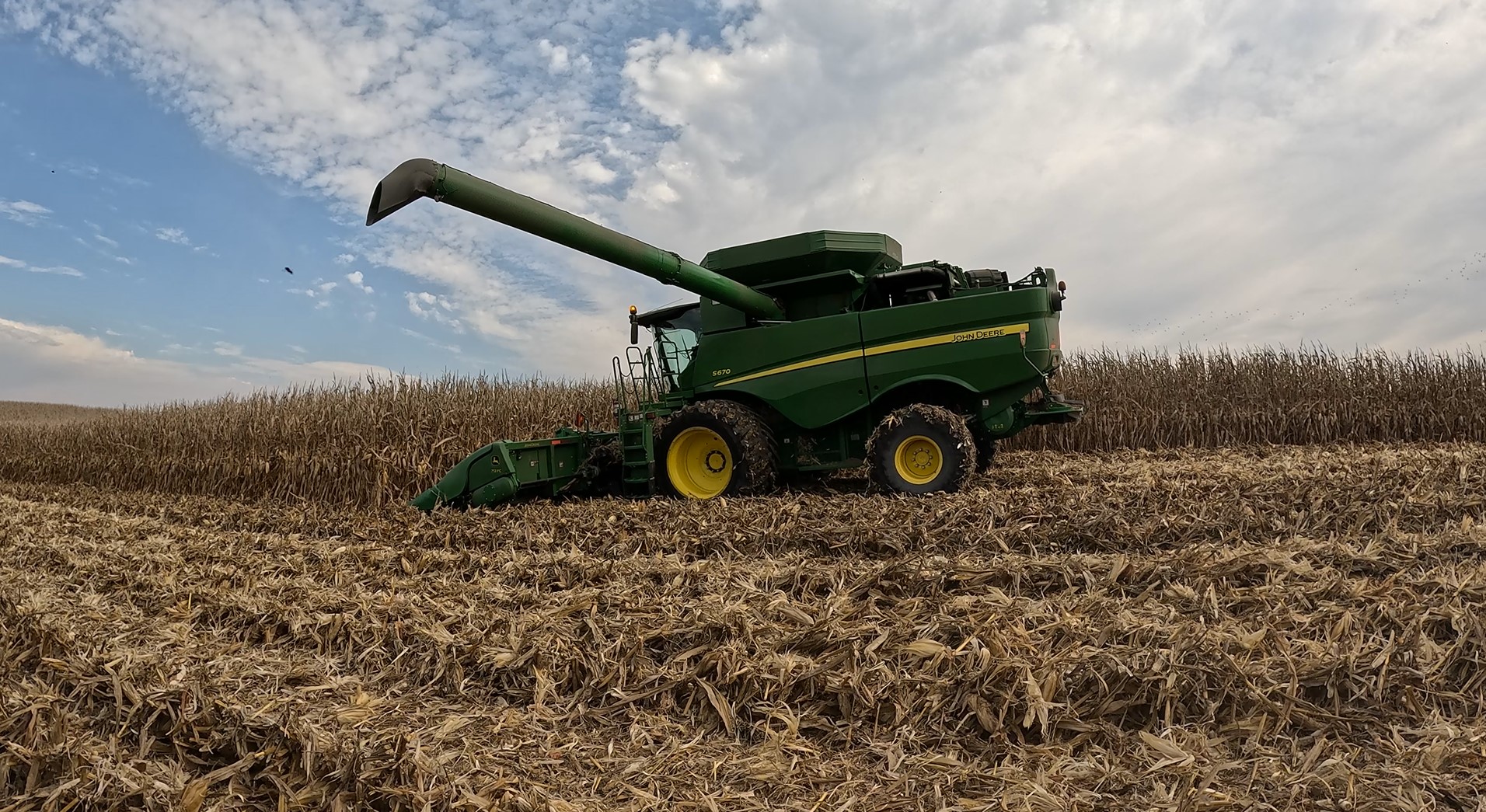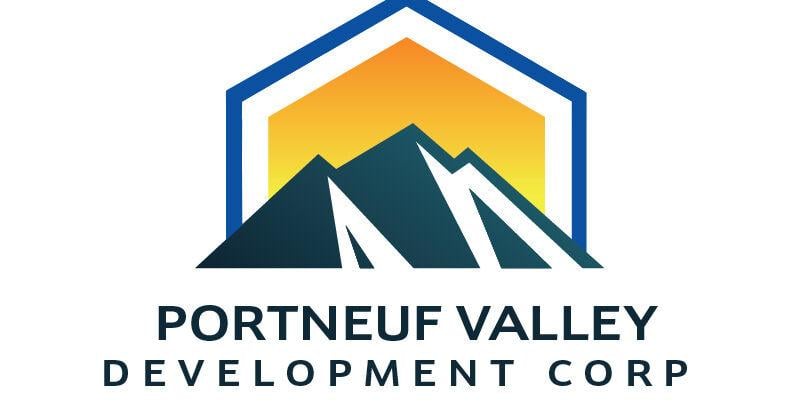Report on the Rural Economic Downturn and Sustainable Development Goal Implications
Executive Summary
A recent analysis based on the Rural Mainstreet Index, dated October 24, 2025, indicates that the agricultural economy has contracted to a five-year low. This economic slump, primarily driven by depressed agricultural commodity prices, presents significant challenges to the achievement of several key United Nations Sustainable Development Goals (SDGs) within the affected Midwest region. The downturn impacts not only farm profitability but also the broader economic vitality of rural communities, threatening progress on poverty reduction, food security, and economic growth.
Key Findings from the Rural Mainstreet Index
- The index reveals the rural economy is at its weakest point in the last five years.
- According to Ernie Goss, an agricultural economist at Creighton University, weak commodity prices for crops such as corn, soybeans, and wheat are the principal cause of the decline.
- The economic slowdown is dampening overall economic activity across rural mainstreets throughout the Midwest.
Implications for Sustainable Development Goals (SDGs)
The current economic conditions in the rural Midwest have direct implications for the following SDGs:
- SDG 1: No Poverty – The decline in farm income and profitability directly threatens the livelihoods of farmers and associated rural workers, increasing the risk of poverty in these communities. Economic instability undermines efforts to eradicate poverty in all its forms.
- SDG 2: Zero Hunger – While not an immediate threat to food availability, sustained low commodity prices compromise the economic viability of farming operations. This can impede investment in sustainable agricultural practices and threaten long-term food production capacity, which is crucial for achieving food security.
- SDG 8: Decent Work and Economic Growth – The slump in the agricultural sector, a cornerstone of the rural economy, hinders inclusive and sustainable economic growth. It jeopardizes job security and limits the creation of decent work opportunities for rural populations.
- SDG 10: Reduced Inequalities – An economic downturn concentrated in rural areas can exacerbate the economic disparity between rural and urban populations, counteracting efforts to reduce inequalities within and among countries.
Expert Analysis and Outlook
Agricultural economist Ernie Goss of Creighton University confirms that the persistent weakness in commodity prices is the primary factor constraining the rural economy. This situation highlights the vulnerability of agricultural communities to market fluctuations and underscores the critical need for strategies that promote economic resilience and sustainability. Addressing this downturn requires a focus on policies that support stable farm incomes and diversify rural economies, aligning with the overarching objectives of the Sustainable Development Goals to build a more equitable and sustainable future for all.
Analysis of the Article in Relation to Sustainable Development Goals
1. Which SDGs are addressed or connected to the issues highlighted in the article?
-
SDG 2: Zero Hunger
The article’s focus on the agricultural economy, including commodity prices, farm income, and profitability, is directly linked to SDG 2. This goal aims to end hunger, achieve food security, improve nutrition, and promote sustainable agriculture. The economic health of the agricultural sector, as discussed in the article (“ag economy has slumped”), is fundamental to ensuring a stable and secure food supply.
-
SDG 8: Decent Work and Economic Growth
This is a primary focus of the article. The headline “Rural economy falls to five-year low” and the statement that “weak agriculture commodity prices continue to dampen economic activity” point directly to a lack of economic growth in the rural Midwest. SDG 8 promotes sustained, inclusive, and sustainable economic growth, full and productive employment, and decent work for all. The slump described in the article represents a challenge to achieving this goal, particularly in the agricultural sector.
-
SDG 1: No Poverty
The economic well-being of rural communities is closely tied to the agricultural sector. A slump in the “ag economy” and declining “farm income,” as mentioned in the article’s tags, can lead to increased poverty in these regions. Therefore, the issues discussed are relevant to SDG 1, which aims to end poverty in all its forms everywhere.
2. What specific targets under those SDGs can be identified based on the article’s content?
-
Target 2.3: Double the agricultural productivity and incomes of small-scale food producers
The article highlights issues that directly counteract this target. The mention of “weak agriculture commodity prices” and the tags “farm income” and “farm profitability” indicate that the incomes of farmers are under pressure. An economy slumping to a “five-year low” suggests that farmer incomes are decreasing, not doubling.
-
Target 8.1: Sustain per capita economic growth
The article explicitly states that the “rural economy falls to a five-year low” and that economic activity is being dampened. This is the opposite of sustained economic growth. The report of a slump directly relates to the failure to meet this target in the specific economic sector and region discussed.
3. Are there any indicators mentioned or implied in the article that can be used to measure progress towards the identified targets?
-
Rural Mainstreet Index
This is an explicit indicator mentioned in the first sentence: “The latest Rural Mainstreet Index shows the ag economy has slumped to a five-year low.” This index serves as a direct measure of economic activity and sentiment in the rural, agricultural parts of the Midwest, making it a key indicator for tracking progress toward SDG 8 (Economic Growth) in this region.
-
Agriculture Commodity Prices
The article identifies “weak agriculture commodity prices” as the cause of the economic slump. Commodity prices are a critical indicator for Target 2.3, as they directly influence the income and profitability of farmers.
-
Farm Income and Profitability
While not quoted in the main text, the tags “farm income” and “farm profitability” are attached to the article. These are crucial, implied indicators for measuring the economic well-being of farmers and are directly relevant to assessing progress toward Target 2.3.
4. Summary Table of SDGs, Targets, and Indicators
| SDGs | Targets | Indicators |
|---|---|---|
| SDG 2: Zero Hunger | Target 2.3: By 2030, double the agricultural productivity and incomes of small-scale food producers. |
|
| SDG 8: Decent Work and Economic Growth | Target 8.1: Sustain per capita economic growth in accordance with national circumstances. |
|
| SDG 1: No Poverty | Target 1.2: By 2030, reduce at least by half the proportion of men, women and children of all ages living in poverty in all its dimensions according to national definitions. |
|
Source: brownfieldagnews.com







